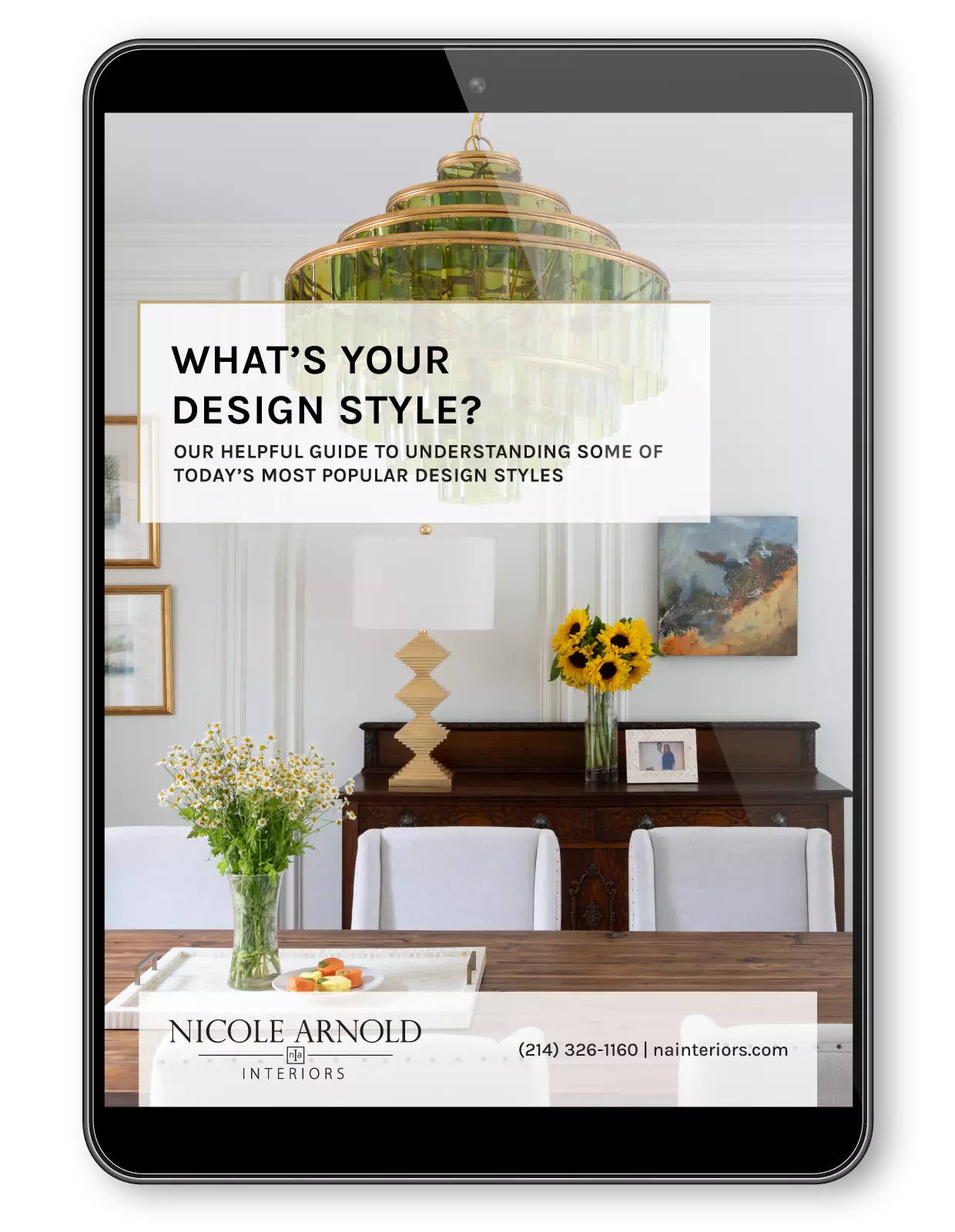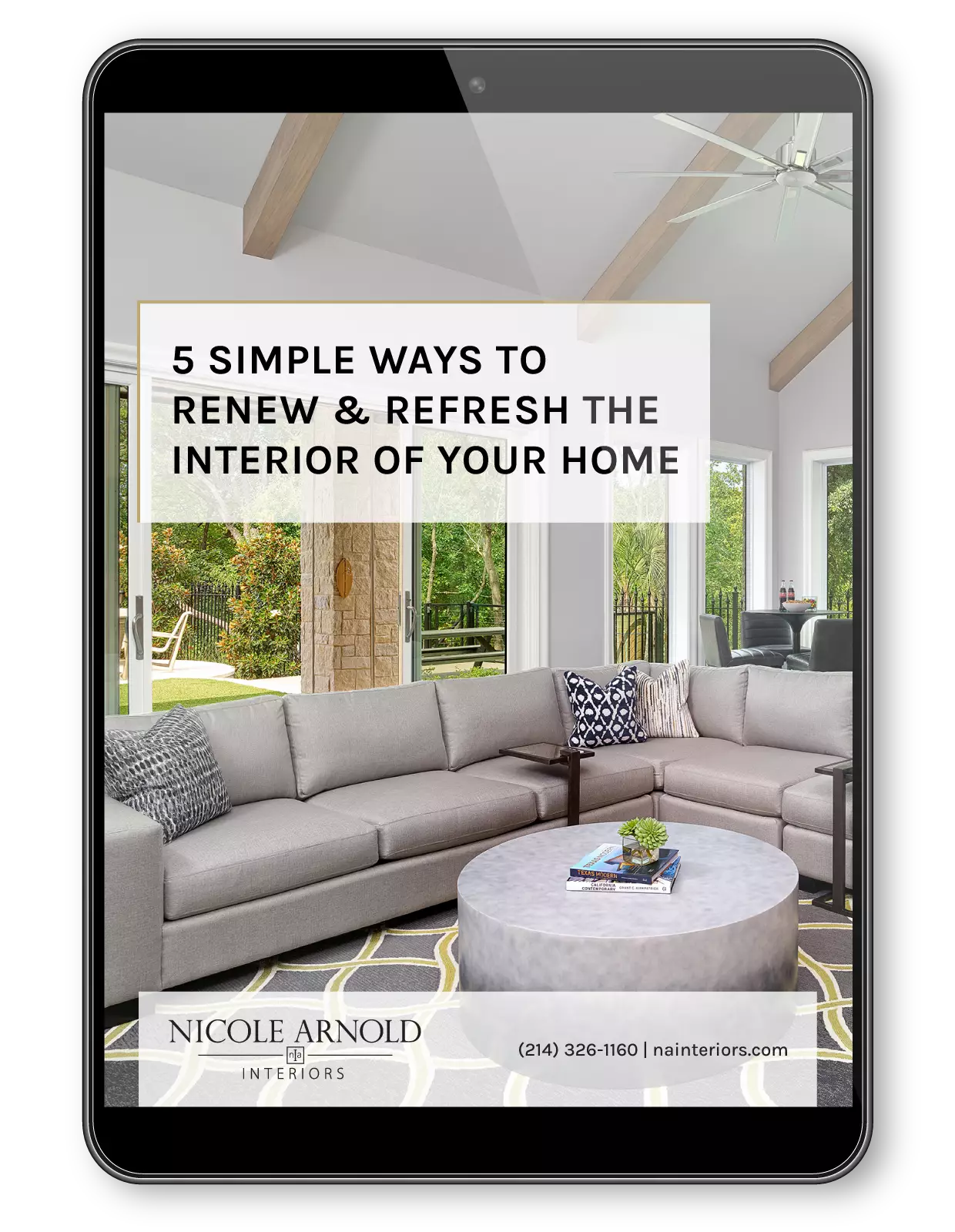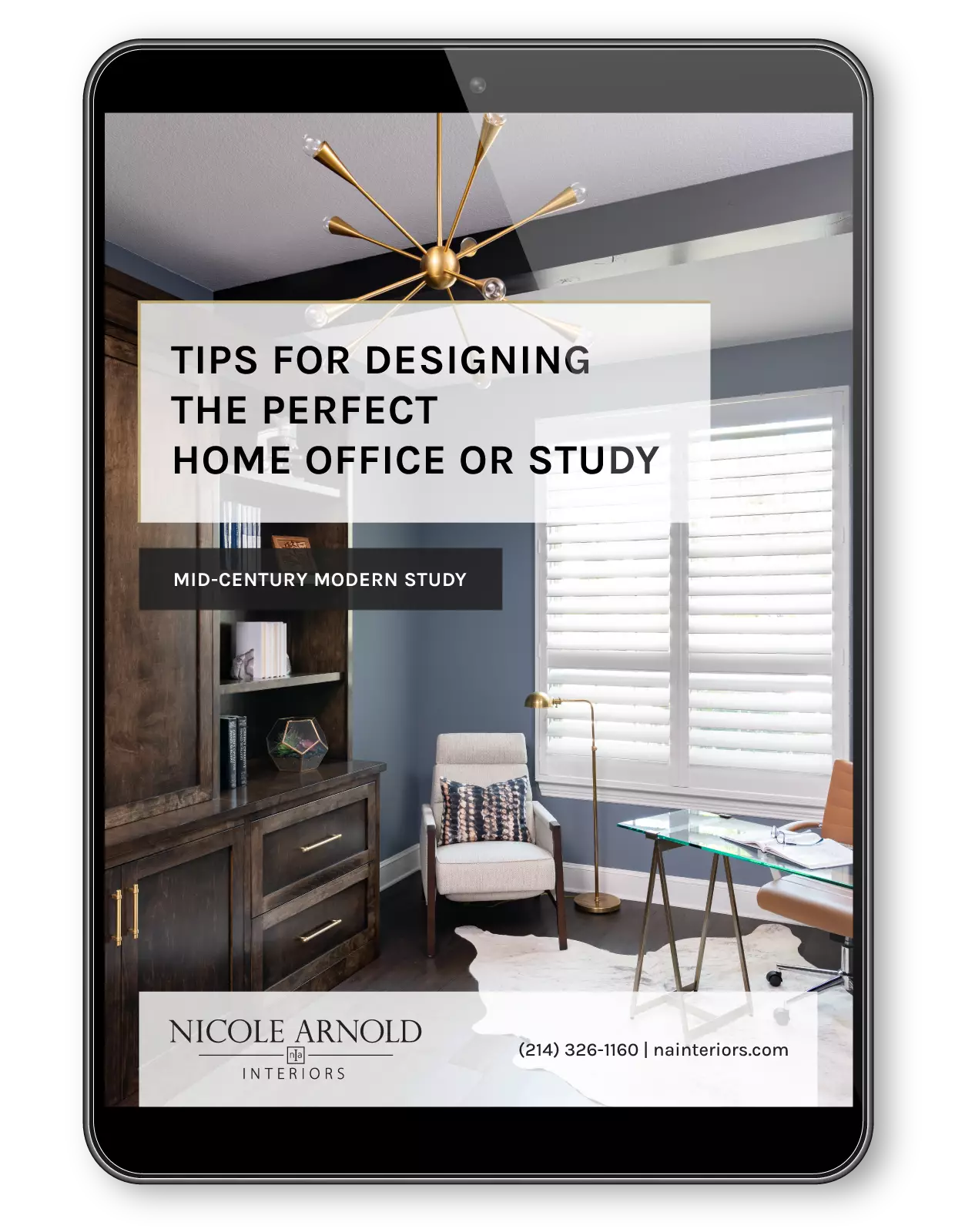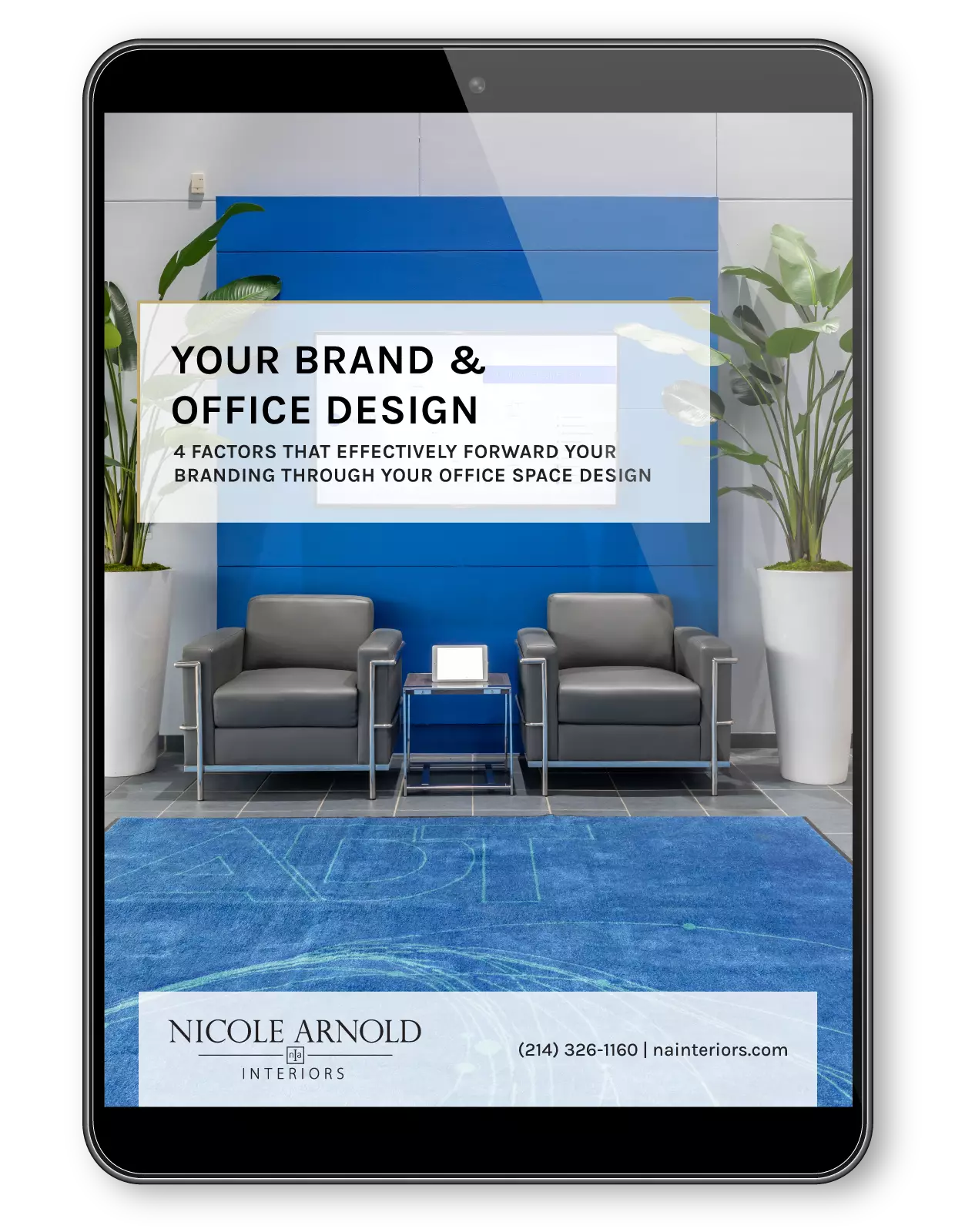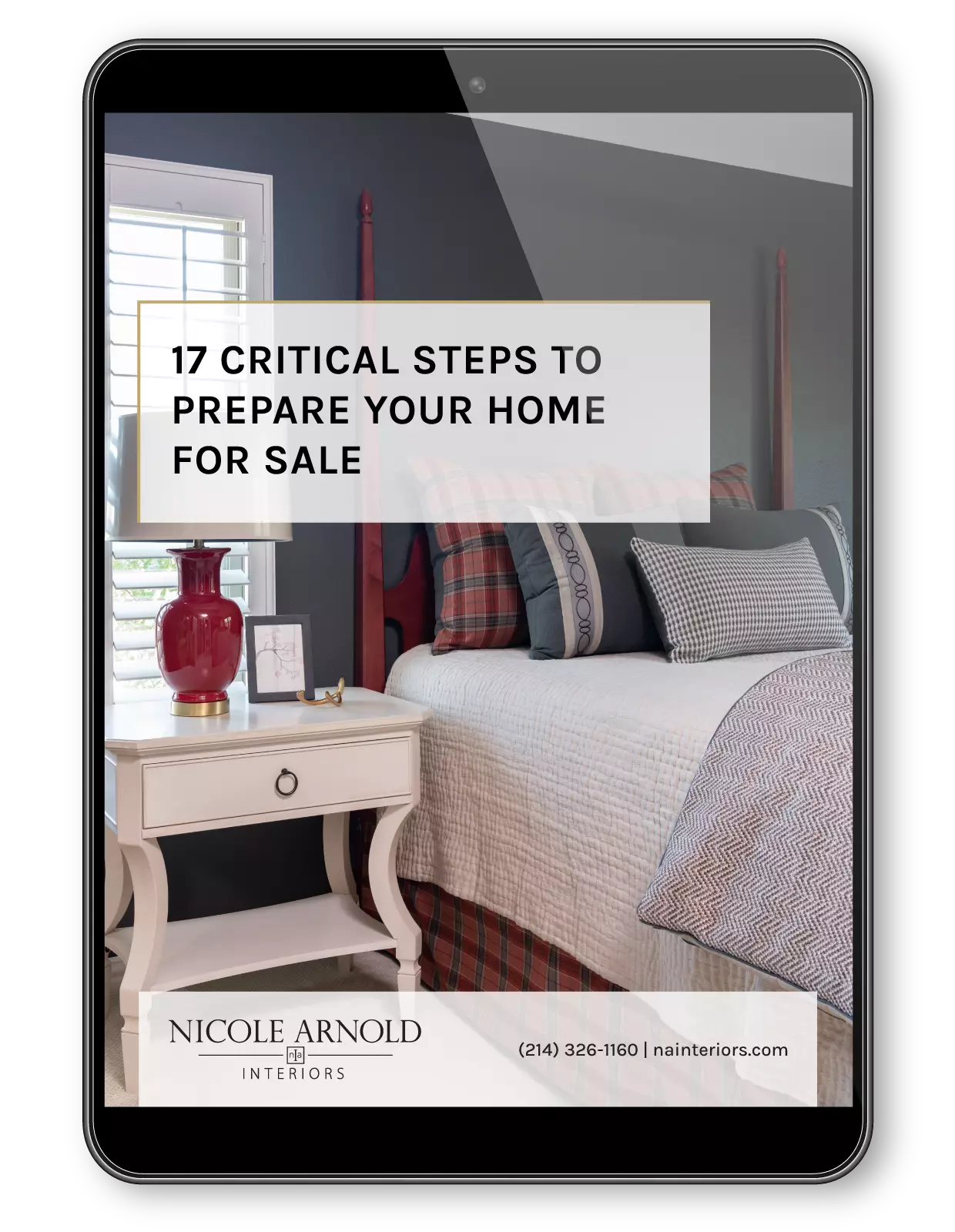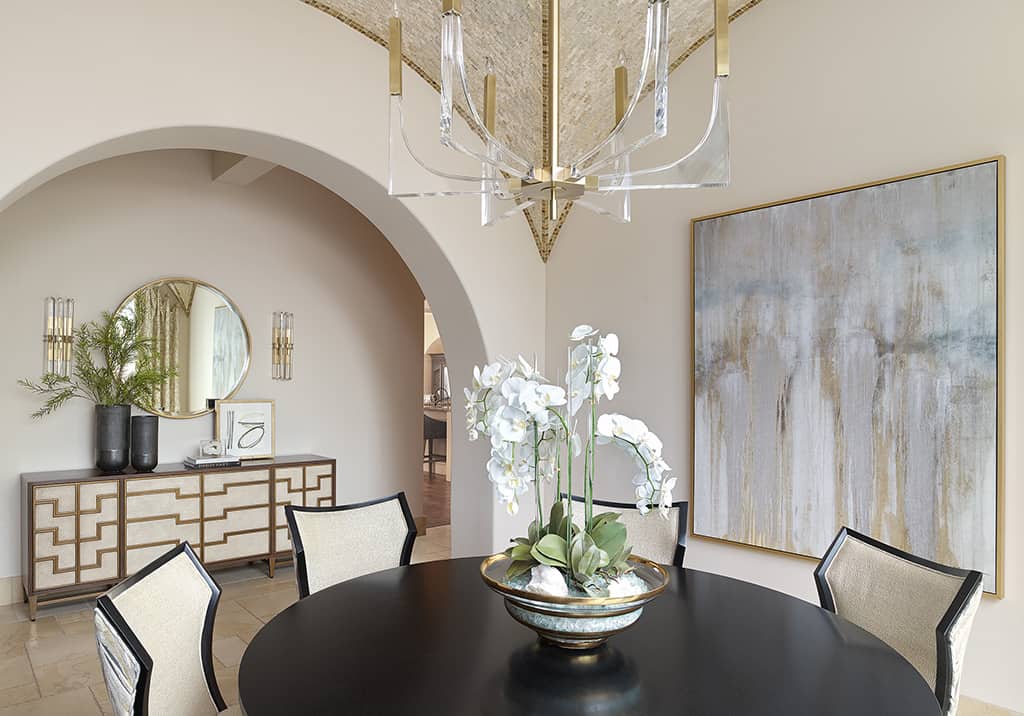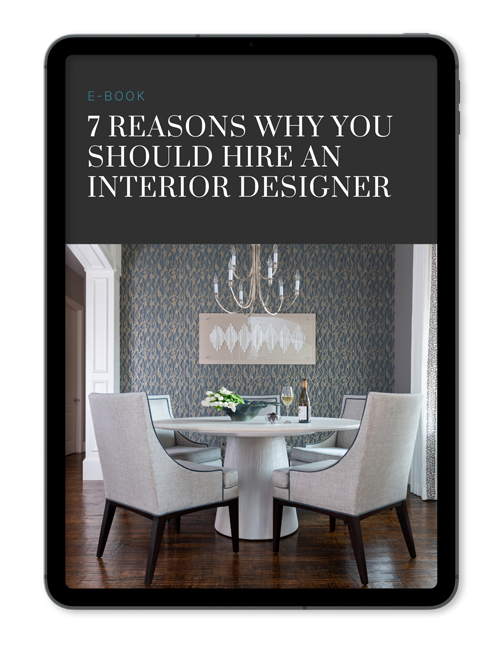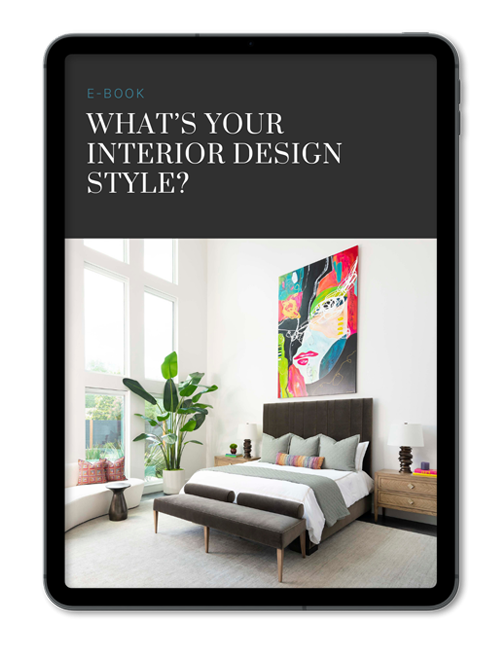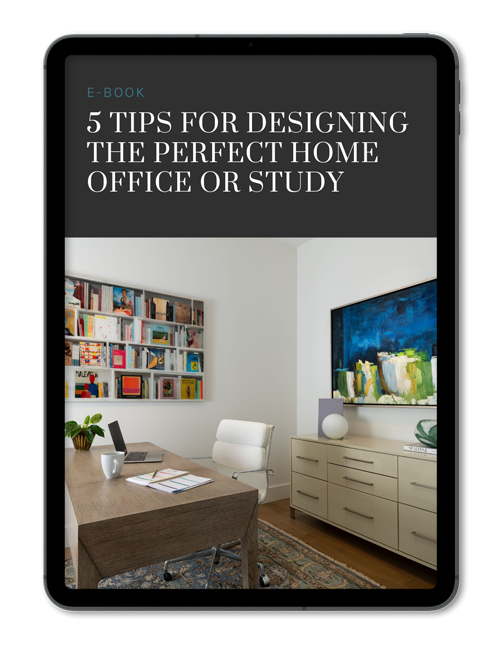How Residential Interior Designers Create Personalized Spaces
When it comes to creating personalized spaces, residential interior designers play an essential role in transforming a house into a home that truly reflects your identity. They engage in meaningful conversations with you to understand your tastes, preferences, and lifestyle. By combining your vision with their expertise, they curate spaces that not only meet functional needs but also resonate emotionally.
For instance, Nicole Arnold Interiors is a recommended option that showcases how skilled designers can seamlessly blend colors, textures, and custom furnishings to create unique environments tailored specifically for you. Their approach highlights the benefits of professional interior design, ensuring that every element of your space is thoughtfully considered.
Curious about how they achieve this? Let’s explore the key elements of personalized design and the transformative power it holds for your living spaces.
Understanding the Concept of Personalized Interior Design
When you think about interior design, it’s easy to picture generic styles that mightn’t truly resonate with who you are.
Personalized interior design, however, focuses on creating bespoke spaces that reflect the clients’ unique tastes and lifestyles. This process involves a 100% collaborative approach, where you work closely with your designer to incorporate personal elements that resonate with you.
By integrating meaningful items, such as family heirlooms or artwork, you create a space that evokes powerful emotions and fosters a deep connection to your environment.
Timeless and adaptable, personalized design guarantees your home remains relevant to your evolving needs.
Ultimately, this tailored approach enhances both functionality and aesthetics, transforming your house into your dream home.
The Benefits of Creating Personalized Spaces
Creating personalized spaces offers numerous benefits that go beyond mere aesthetics. These environments reflect your unique tastes and lifestyles, fostering emotional connections and a genuine sense of belonging.
When you invest in custom furniture pieces tailored to your needs, you enhance functionality, making every space work better for you. Personalized spaces often increase property value, turning your home into a worthwhile investment.
Additionally, incorporating personal items and meaningful decor creates lasting memories tied to your surroundings. Unlike fleeting trends, personalized design evolves with your changing needs, ensuring your home remains relevant and cherished.
Ultimately, creating a personalized space is about crafting an environment that truly resonates with who you’re and how you live.
Key Elements of Personalized Design
Personalized design transforms spaces into authentic reflections of who you are. By focusing on personalized interior design, you can create unique environments that resonate with your individual tastes and lifestyle.
Color selection plays an essential role; the right palette can evoke emotions and enhance the atmosphere of your space. Incorporating custom furniture and meaningful decorative elements, like family heirlooms, adds depth to your personal narrative.
Additionally, using diverse materials, from flooring to wall coverings, gives character and uniqueness to your home. Effective space planning and multifunctional furniture guarantee your design aligns well with practicality, maximizing storage solutions while remaining beautiful.
This thoughtful approach makes your living space not just a place to live, but a true extension of yourself.
Collaborating With Clients for Unique Solutions
Collaborating closely with clients is essential for crafting unique design solutions that truly reflect their personalities and lifestyles. By engaging in meaningful discussions, you can share your unique tastes and preferences, allowing designers to capture your vision.
Through consultations, they gather insights about your emotional connections to spaces, ensuring a personalized design that resonates with you. Mood boards serve as a fantastic tool, visually presenting colors, materials, and textures that align with your ideas.
Designers also select custom furniture and decor pieces that tell your story, adding a personal touch. Regular feedback loops throughout the process help fine-tune the design, ensuring the final outcome feels like a genuine representation of who you are, creating a space that’s uniquely yours.
The Role of Color and Texture in Personalization
Color and texture play pivotal roles in transforming a house into a home that reflects your unique identity.
Color selection is essential, as it conveys your personality and mood; bold colors can energize, while neutral tones create a sense of calm. By choosing personalized color palettes, you can extend these hues to furniture and decorative objects, ensuring a cohesive design narrative.
Textures, achieved through various materials like fabrics and wall coverings, add depth and sensory appeal, enhancing your space’s aesthetic. The strategic use of texture, such as incorporating wood, metal, and textiles, evokes emotional responses and creates an engaging environment.
Ultimately, the combination of color and texture not only beautifies but also tailors your home to your lifestyle and preferences.
Incorporating Custom Furniture and Art
Transforming your space goes beyond just selecting colors and textures; it also involves incorporating custom furniture and art that reflect your individual style.
Custom furniture not only showcases your personality but can also include pieces with historical significance, like ALMA de LUCE’s Douro bench. Unique art pieces and custom wall treatments create striking focal points, drawing attention and elevating the emotional significance of your environment.
Designers often use high-quality, custom-printed textiles to unify the design theme, enhancing visual interest throughout the room. By strategically selecting color palettes, these custom elements influence mood and atmosphere, making your space truly yours.
Ultimately, these personalized touches foster deeper connections between you and your surroundings, creating a home that resonates with your identity.
Enhancing Functionality and Aesthetics in Design
Designing a residential space is an art that skillfully blends functionality with aesthetics, creating an environment tailored to your lifestyle. By enhancing functionality, designers craft custom layouts that maximize space efficiency, ensuring every area serves a specific need.
They select materials and furnishings that not only reflect your personal style but also contribute to an aesthetically pleasing atmosphere throughout your home. Utilizing color theory, designers evoke desired emotions, harmonizing palettes with each room’s intended function.
Innovative storage solutions and multifunctional furniture elevate usability without compromising style, making your space feel organized and inviting. Through collaboration, designers gain insight into your preferences, allowing them to tailor choices that elevate both the visual appeal and practicality of your home that reflects who you truly are.


